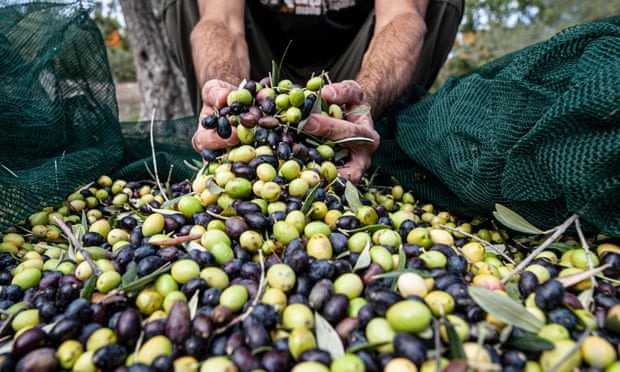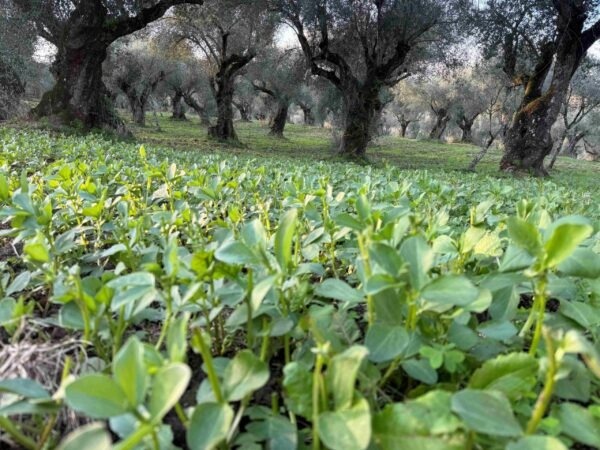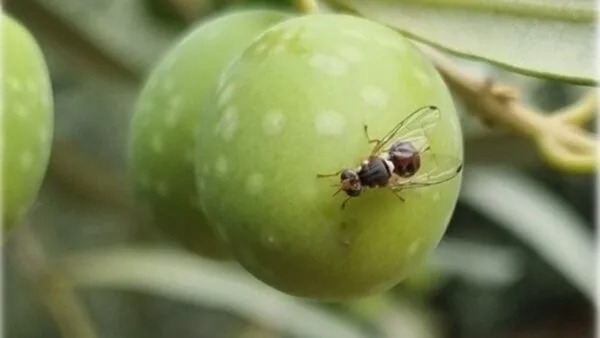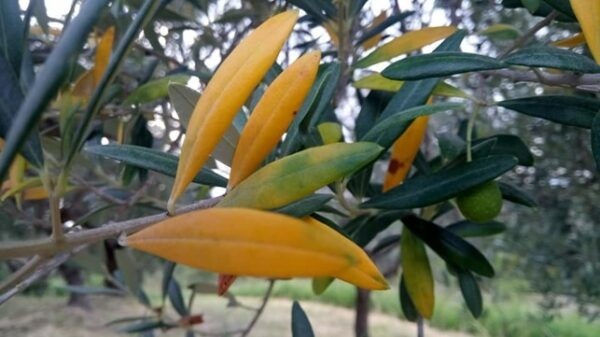
Wood Parasites
Jan. 4, 2025
What are olive wood parasites and how to combat them
In addition to the wood-boring lepidoptera that we have already discussed , other wood pests, such as fungi and insects, can cause damage to olive trees. It is important to know who can pose a threat and how to manage it from a phytosanitary point of view. Let's look at the first three cases.
Wood-eating mushrooms
A series of wood-eating fungi feed on olive wood and cause decay. Among these are the genera Fomes, Ganoderma, Phellinus, Polyporus and Stereum ; they settle on plants that are already weakened, penetrating through wounds caused by pruning, mechanical damage or hailstorms. Once inside, these fungi produce enzymes that attack and break down the components of the wood, which are mainly lignin and cellulose.
To do this, fungi secrete ligninolytic and cellulolytic enzymes, which are able to degrade lignin and cellulose. Ligninolytic enzymes decompose lignin, which is made up of several phenolic substances, into individual compounds, which become assimilable by fungi and are used for their growth and development. Cellulolytic enzymes, on the other hand, decompose cellulose, which is made up of long chains of glucose, into simple sugars, which become a source of nourishment for pathogenic fungi.
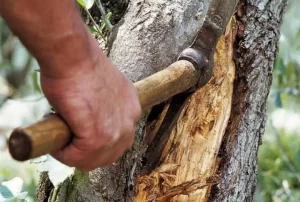
If olive tree decay is present in the olive groves, the trunk or branches of the affected plants must be treated: January and February are the ideal months to carry out this remediation, removing the infected part, an operation called "slupatura" . At the end of the work, the walls of the cavity must be smooth and inclined to avoid water stagnation.
Once the cleaning operation is completed, a general disinfection is necessary using copper-based fungicides, such as Bordeaux mixture or copper oxychloride.
Wood-eating insects
Xylophagous insects feed on wood, dig tunnels in the trunk, branches and twigs of trees and complete their biological cycle there. This behavior causes a reduction in sap flow, compromising the health and productivity of the plant.
The female lays her eggs on the wood surface or inside the wood itself and the larvae born feed on the wood, growing until they become adults and emerge. These larvae have a bacterial flora that produces cellulase, an enzyme capable of transforming cellulose into glucose, providing the energy necessary for their growth. In addition to cellulose, xylophagous larvae also deal with lignin using other specific enzymes, called ligninases, produced both by the larvae themselves and by the associated bacterial flora.
The main damage is caused by the galleries dug by the larvae during their development. The life cycle of a xylophagous insect can last several years, and several generations of the same insect, as well as different species, can settle in the same wood.
Olive bark sucking fly
Among the first parasitic insects we find a dipteran, the Olive Bark-sucking Fly ( Resseliella oleisuga ), particularly harmful as its larvae feed on the cambium and the internal layer of the bark of the olive tree, causing damage to the twigs and branches. The symptoms of the infestation appear with brownish depressions on the bark, 1-3 cm², which gradually dry out and underneath show superficial galleries dug by the larvae, which live and work in groups. If the gallery completely envelops the twig, it dries out together with the part above. This infestation could also be followed by infections of the wood by fungi of the genus Libertella ( Xylariales Diatrypaceae ), which cause further drying. Libertella fungi are lignicolous, which means that they attack and colonize the wood of plants and, although they do not cause wood decay like lignivorous fungi, they cause infections and necrosis in woody tissues, often leading to drying and breaking of branches, especially in winter. Chemical control is complex due to the lack of specific insecticides and the difficulty of reaching the larvae under the bark.
